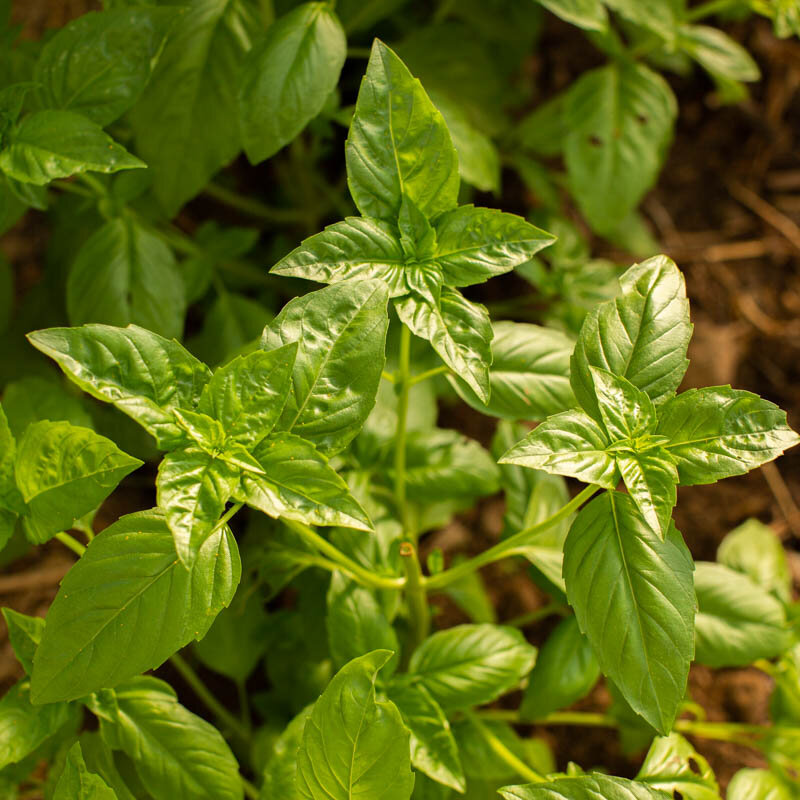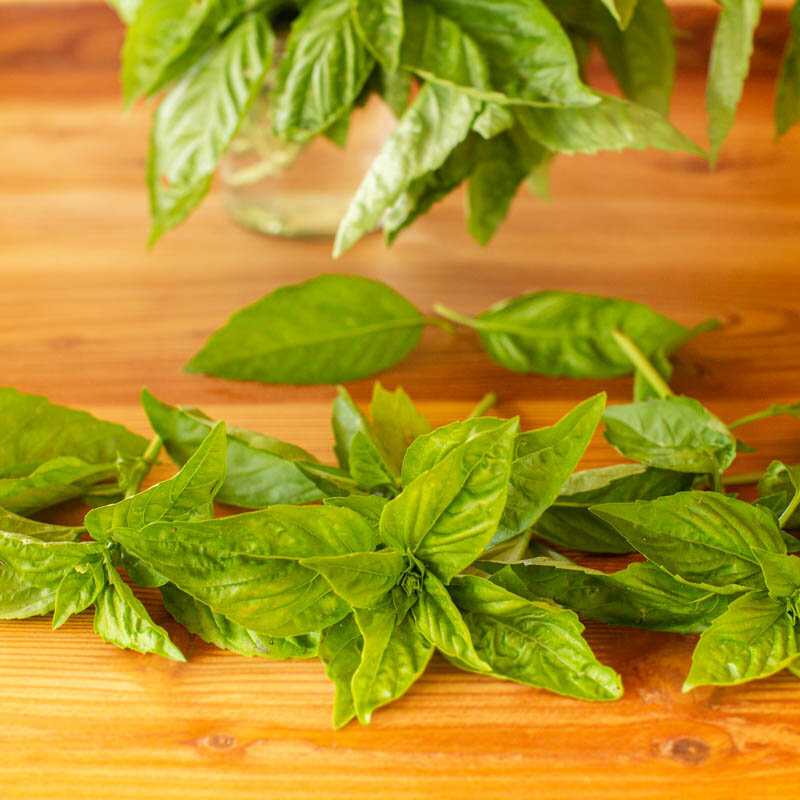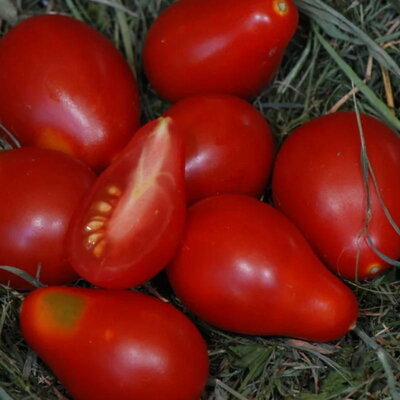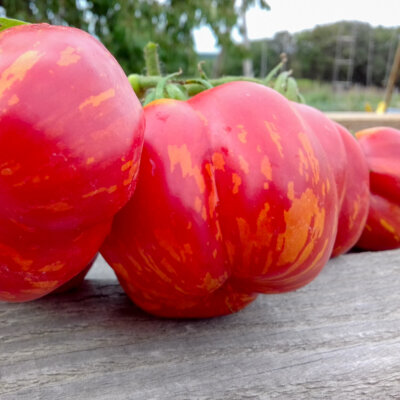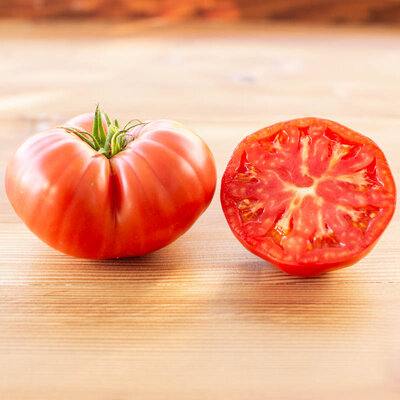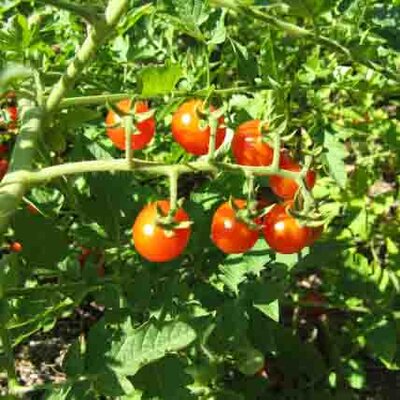Napoletano - Basil
On fairly tall plants, this ancient variety produces very large green leaves, 10 to 15 cm long, relatively puckered with deeply marked veins, revealing an aniseed flavor.
It is a traditional variety in southern Italy.
These products may also be of interest to you
in bucket
Sow in trays at temperatures between 18 and 20°C, under a well-lit shelter, 6 weeks before planting. Transplant into individual cups when plants have 4 to 5 leaves, or plant directly into warmed soil, spaced 25 to 30 cm apart. Take care not to over-water to avoid the risk of wilting.
March, April, May, June
June, July, August, September, October
in the ground, in pot, in the greenhouse
full sun
medium
potting soil, sandy, gravel, humus
drained, light, reheated
Ocimum basilicum
mid-season
200 seeds
Green
fragrance, edible
From 80 to 90 cm
From 10 to 15 cm
pointed
Italy
Inconnue
"Semences de Kokopelli" by Dominique Guillet
This ancient variety originated in southern Italy.
Varieties of Ocimum basilicum are known everywhere for their aromatic qualities, but they also possess numerous medicinal virtues that we take advantage of every time we use them to make, for example, a famous pesto. As well as being pleasant to the palate, they stimulate the appetite, relieve epilepsy, intestinal spasms, difficult digestion, anxiety, stress, dizziness, nervous insomnia, migraines, rheumatism, colds and coughs. They also relieve bloating and flatulence, and are immunostimulant. Basil leaves are antioxidant and can be used in essential oils, infusions or simply raw.



